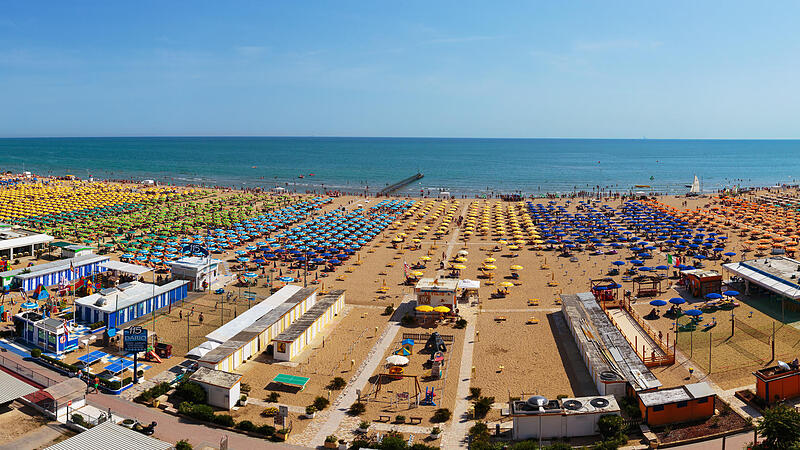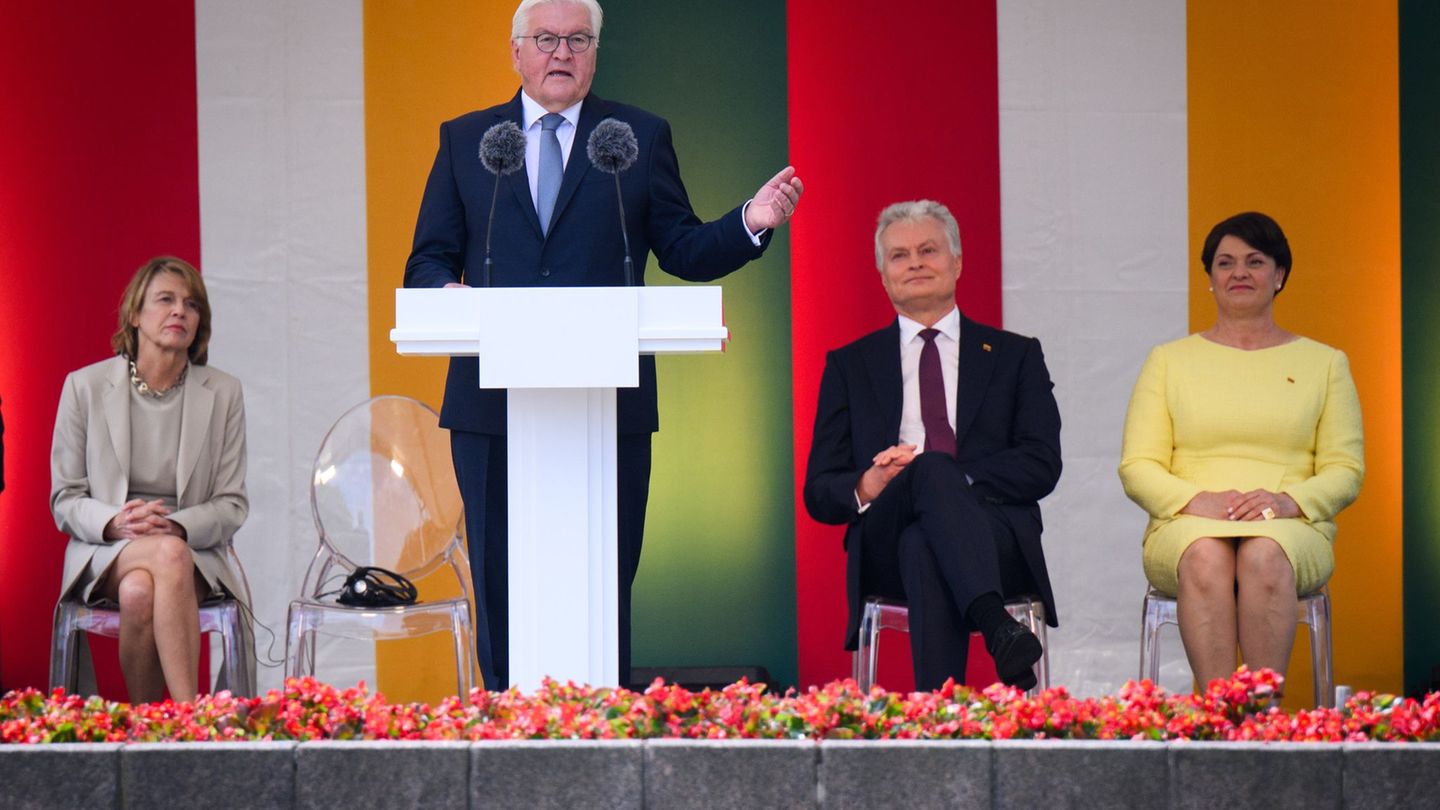Image: colourbox.de
Thanks to this tax, the Italian municipalities want to collect a record high of 679 million euros in 2023. That’s 9.5 percent more than last year, according to estimates by the JFC Observatory.
The hoped-for income from tourism taxes exceeds the 622 million euros that Italy’s municipalities collected in the pre-crisis year of 2019. The tourism tax was introduced for the first time in 2023 in the southern Italian Adriatic port city of Bari, which hopes to collect 2 million euros. Until a few years ago, the tourism tax was only paid in a few art cities.
In view of the millions of overnight guests that are reported in Italy every year, the levy is now considered a real blessing for the municipal coffers. The tax finances the high expenses for the preservation of the palazzi, monuments and memorials as well as the parks. All too often, however, the tourism tax also covers the deficit of the municipal coffers.
Rome is one of the cities with the most expensive tourism taxes. If you stay in a five-star hotel, you have to pay a fee of 10 euros per day in the “Eternal City”, in a three-star hotel it is 4 euros and in a campsite 2 euros. In Venice, the tourist tax in a five-star hotel is 5 euros. Guests staying in the lagoon city must pay a contribution that is determined according to the season and the type of accommodation – hotel, guesthouse or campsite. Children under the age of ten are exempt, young people between the ages of 10 and 16 only have to pay 50 percent of the tax. The island of Ponza is introducing a tourism tax of one euro for visitors who land on the island in the Tyrrhenian Sea south of Rome.
Source: Nachrichten




